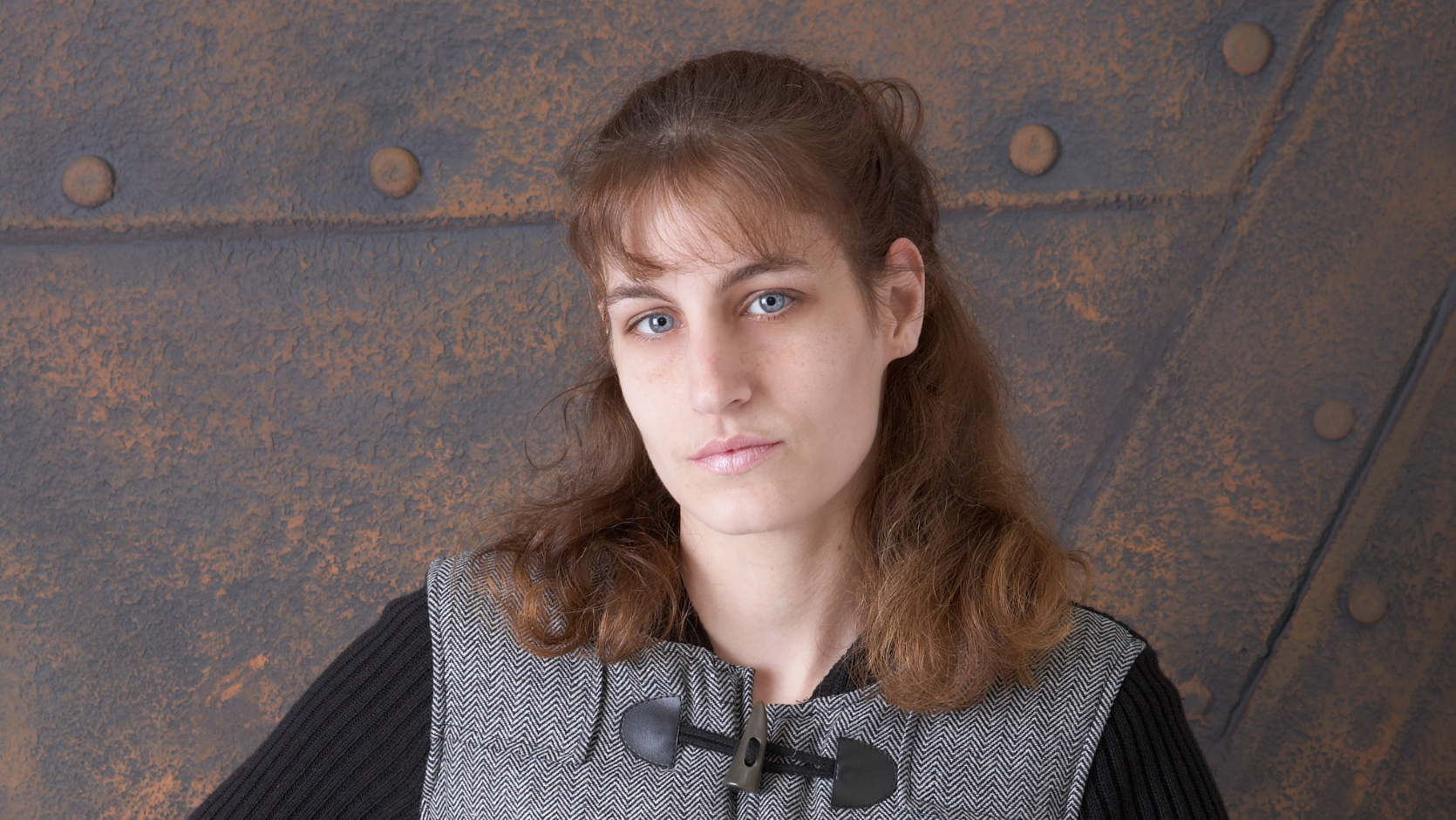The Facts
Man signs Binding Death Benefit Nomination in favour of de facto spouse
A recent dispute in the Supreme Court of NSW involved a binding death benefit nomination and a superannuation trustee.
A man and his de facto spouse had lived together with their two small daughters for five years, when in October 2019, he was diagnosed with inoperable pancreatic cancer.
As his condition worsened, he began putting his affairs in order.
In November 2019, he instructed his lawyer to prepare a will.
The man’s assets included a superannuation death benefit in excess of $4.7 million.
He instructed his lawyer that he wanted this death benefit to be paid to his estate, and for the authority to be given to apply the benefit towards discharging debts.
On 15 July 2020, the man was admitted to hospital for palliative care.
On 23 July 2020, he executed his last will, which was prepared by his solicitor in accordance with the instructions given in November 2019.
On 24 July 2020, the deceased instructed his lawyer to prepare a Binding Death Benefit Nomination (BDBN), directing that in the event of his death, the superannuation fund was to pay the $4.7 million death benefit to his spouse. This differed from his original instructions to pay the death benefit to his estate.
At around 12pm on 26 July 2020, the spouse received a call from the man’s doctor, to tell her that the man’s condition had deteriorated, and he was being transferred to the ICU.
Then at around 1pm on the same day, the deceased signed the BDBN in favour of his spouse.
He died later that day.
Trustee of superannuation fund refuses to pay benefit and spouse sues
Following the man’s death, the superannuation fund trustee refused to pay the death benefit to the spouse, claiming the BDBN was invalid because the deceased lacked mental capacity when he signed it.
The spouse applied to the Supreme Court of NSW for a declaration that the BDBN was valid and binding and for an order that the $4.7 million benefit be paid to her forthwith.














Expert commentary on the court's decision
Court rules in favour of spouse
In van Camp v Bellahealth Pty Ltd [2024] NSWSC 7, the Supreme Court of NSW ruled in favour of Ms Lindy van Camp, the de facto spouse of Dr Harry Nespolon, the deceased.
The court found that the BDBN signed by Dr Nespolon was valid and binding and ordered the superannuation fund trustee, Bellahealth Pty Ltd, to pay the $4.7 million death benefit to Ms van Camp.
Legal test for determining mental capacity
The court cited the High Court’s decision in Gibbons v Wright, the leading authority on the mental capacity required by the law to affect an inter vivos transaction (ie a transfer or gift made during one’s lifetime).
In Gibbons v Wright the High Court stated:
In assessing Dr Nespolon’s capacity, the court said that consideration should be given to whether he “had the capability of understanding that all of his member benefits would be paid directly to Ms van Camp and would not be used by the executors in accordance with the terms of his Will, if such an explanation had been provided to him”.
Deceased had mental capacity to sign BDBN
The court was not satisfied by Bellahealth’s arguments that Dr Nespolon lacked mental capacity.
First, the court did not agree that the BDBN was a complex document, especially given Dr Nespolon’s background in medicine, law and business.
Also, the estate planning advice that Dr Nespolon had previously received meant that prior to his admission to hospital, he had been made well aware of the general nature of making a BDBN and the terms of his will.
In addition, Dr Nespolon had only recently executed his will, yet no concerns had been raised about that.
Further, Dr Nespolon was able to engage in coherent discussions about his affairs, including with his lawyer and doctors. His response to questions at the time he signed the BDBN demonstrated that he understood its general nature and effect, particularly the tax implications.
Although the court accepted that Dr Nespolon’s cognitive functioning may have been adversely impacted by medication at the time he signed the BDBN, it was not persuaded by the expert evidence, which it found neither weighty nor conclusive.
Finally, the court noted that the lawyer’s file note about Dr Nespolon’s mental capacity was based on a very short phone call, rather than an in-person meeting where she could properly observe him. Nor did she raise the matter again when she actually emailed the BDBN to him for signing.
Capacity to sign BDBN differs from capacity to make will
This case is one of the first to consider the mental capacity required to sign a BDBN. It is notable because the court took an approach suggesting that the mental capacity required to execute a BDBN is lower than the capacity required to make a will.
The court applied the High Court’s decision in Gibbons v Wright, referring to the case as “the leading authority on the question of the nature and degree of mental capacity to affect an inter vivos transaction”.
The court noted that both parties accepted Gibbons v Wright as the applicable law.
However, although Bellahealth accepted that the proceedings did not concern Dr Nespolon’s testamentary capacity, they submitted that authorities on testamentary capacity were relevant because of the nature of the transaction. Specifically, they argued that mental capacity required:
The court rejected this argument, saying that:
De facto spouse did not engage in unconscionable conduct
Bellahealth also alleged that Ms van Camp had engaged in unconscionable conduct in procuring the BDBN.
To establish unconscionable conduct, Bellahealth needed to show that Dr Nespolon was at a special disadvantage, Ms van Camp knew of that disadvantage and Ms van Camp unconscionably took advantage of that disadvantage.
The court rejected the trustee’s allegation, saying that it was “not satisfied that the BDBN was procured and signed by Dr Nespolon by reason of any unconscionable conduct on the part of Ms van Camp.”
Be mindful of complexities of superannuation in estate planning
This case serves as a reminder of the complexities involved in estate planning, particularly when it comes to superannuation.
It’s crucial to review and update your estate plan regularly, especially following major life events or changes in circumstances.
For those making end-of-life decisions, it’s important to seek professional advice and clearly communicate your intentions to family members. This can help prevent misunderstandings and potential legal challenges after your death.
For partners or family members assisting someone who is seriously ill, be cautious about involvement in financial or legal decisions. Even well-intentioned actions can be misconstrued later. It’s best to ensure the person has independent legal and financial advice.
The case also highlights that courts will generally try to uphold a person’s final wishes, even if they represent a change from previous plans. However, this depends on the person having the mental capacity to make those decisions at the time.
Lastly, this case underscores the significant sums that can be involved in superannuation death benefits. It’s essential for anyone with substantial superannuation to consider carefully how these benefits fit into their overall estate plan and seek expert advice on the most appropriate way to structure their affairs.